More likely than not, you’ve been to a couple of weddings in your life. Keeping that in mind, there are some modern wedding traditions that even someone who’s only attended a single one would know. Though, have you ever thought about where these traditions have originated? Why does the wedding cake represent a fundamental part of the ceremony? And why must the bride find something borrowed, new, etc? As you might imagine, every single facet of wedding traditions is actually rooted in history, often dating back to the barbarian middle ages or ancient Rome. Journey with us as we explain the origin of some of the most common wedding tropes!
Wedding Dress
Just as with any other fashion, bridal gowns have definitely had their share of changes over the years. But do you know when the contemporary white wedding dress became a staple of every wedding? Actually, this trend is more recent than you might imagine. It was first introduced by Queen Victoria, as she wore one on her own wedding day back in 1840.
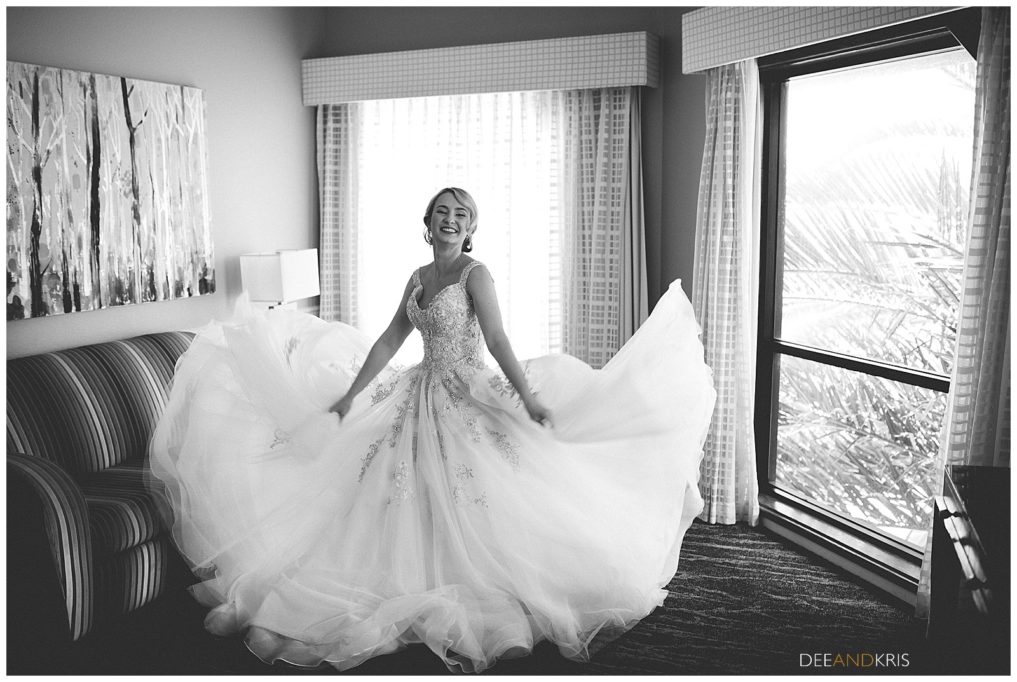
Wedding Veil
When it comes to the wedding veil, the origins are far more ancient. Since the establishment of first marital ceremonies at the very dawn of history, arranged marriages have been the norm for millennia. In fact, such marriages are a part of some cultures even to this day, like India. These marriages were used to cement an alliance between different families, in a political sense. Actually, this was the way that the first tribes united into what would be known as nations later on.
And for the purposes of such an arranged marriage, the bride and groom would, more often than not, meet on their wedding day for the very first time; planning a wedding together was out of the question, and completely done by their families. They would actually look upon each other only once they reach the altar. And the veil was there to obscure the physical appearance of the bride until the end of the ceremony. Later on, the ancient Romans also incorporated a veil in their wedding ceremonies, in order to ward off evil spirits.
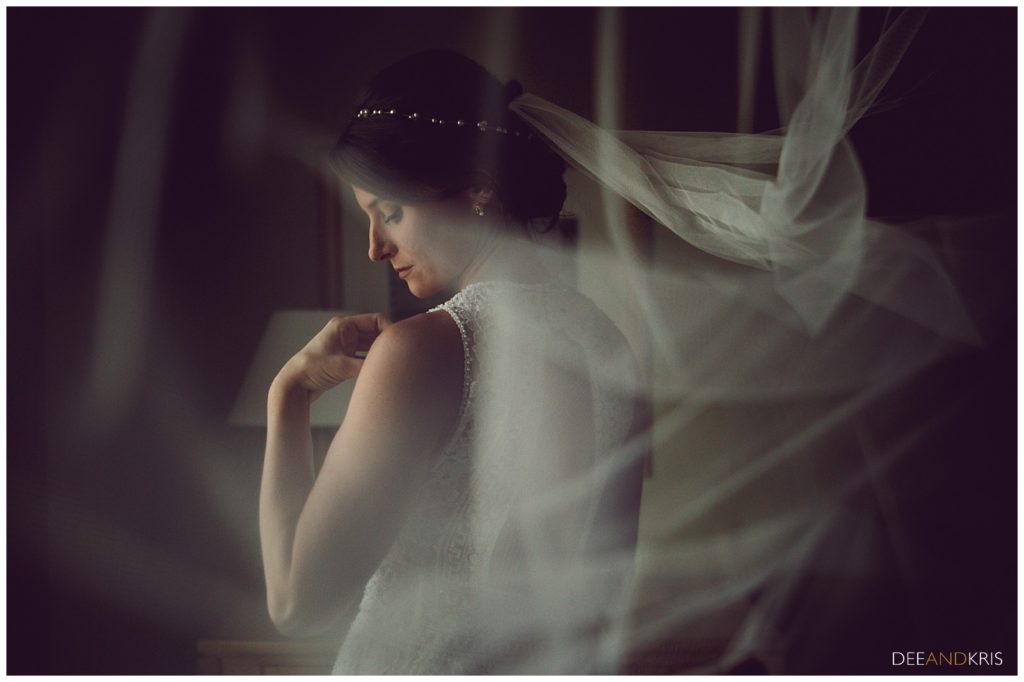
Wedding Bouquet
The tradition of having wedding bouquets during the ceremony also traces its roots back to days of yore. Before the Middle Ages, women tended to wear aromatic bushels containing different spices and herbs in order to keep evil spirits at bay. And during medieval times, it became a preventive measure against all manners of disease; including the plague. These days, naturally, it’s purely aesthetic – and for the bride to choose in accordance with her theme of choice.
Bridesmaids
The role of bridesmaids in the ceremony is also a time-honored tradition, though mostly tracing its origins to superstition. During ancient times, the girls attending the bride would wear attires similar to hers, in order to distract the evil spirits coming to ruin her wedding day.
Best Man
These days, the “best man” is almost always the groom’s best friend. But in Medieval times, that epitome had more practical meaning. In fact, the “best” was meant to signify that he was the best at swordsmanship. During days when arranged marriages were still the dominant form of the marital union, the wedding would be something of a business transaction between two families. Thus, the best man was there to make sure that everything would run smoothly.
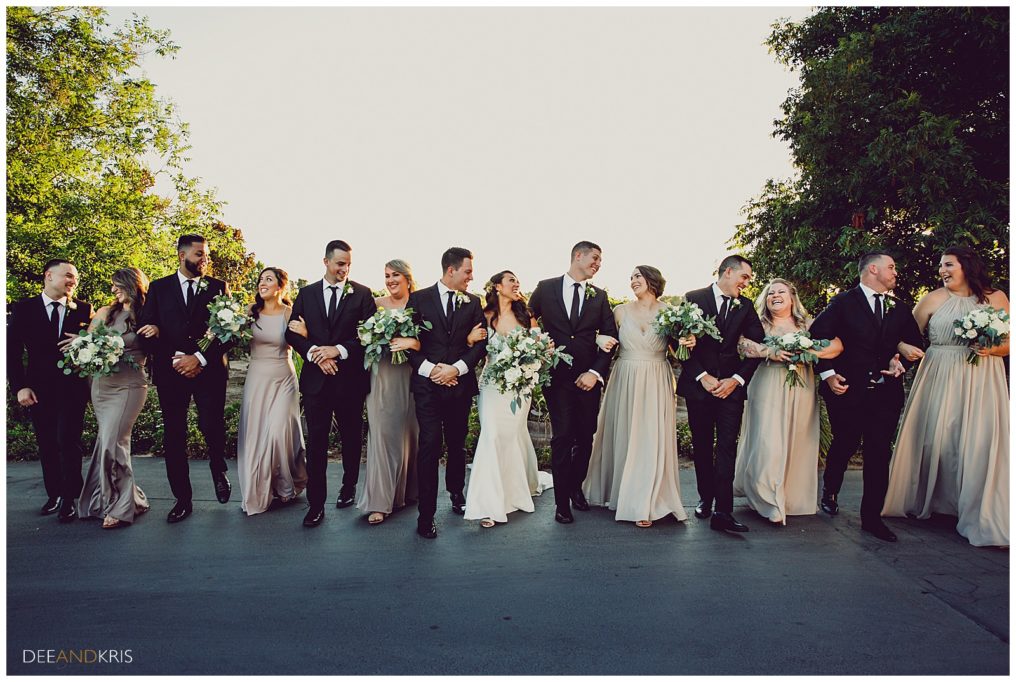
Wedding Cake
Since medieval times, the wedding cake has remained a crucial component of every wedding. But in those days, the cakes weren’t a delicious treat. Instead, they were made with wheat, symbolizing prosperity and marital fertility in an agricultural society.
Naturally, these days the wedding cake is an extravagant symbol of the happy day that a wedding is. Typically, the cake has a white color, representing purity. And the cutting of the cake by the groom and bride is actually the first thing they’ll do together, once they’ve been officially married. Once they proceed to feed the cake to each other, they’re symbolizing their mutual commitment. Truly, this is one of the most important moments of any wedding ceremony.
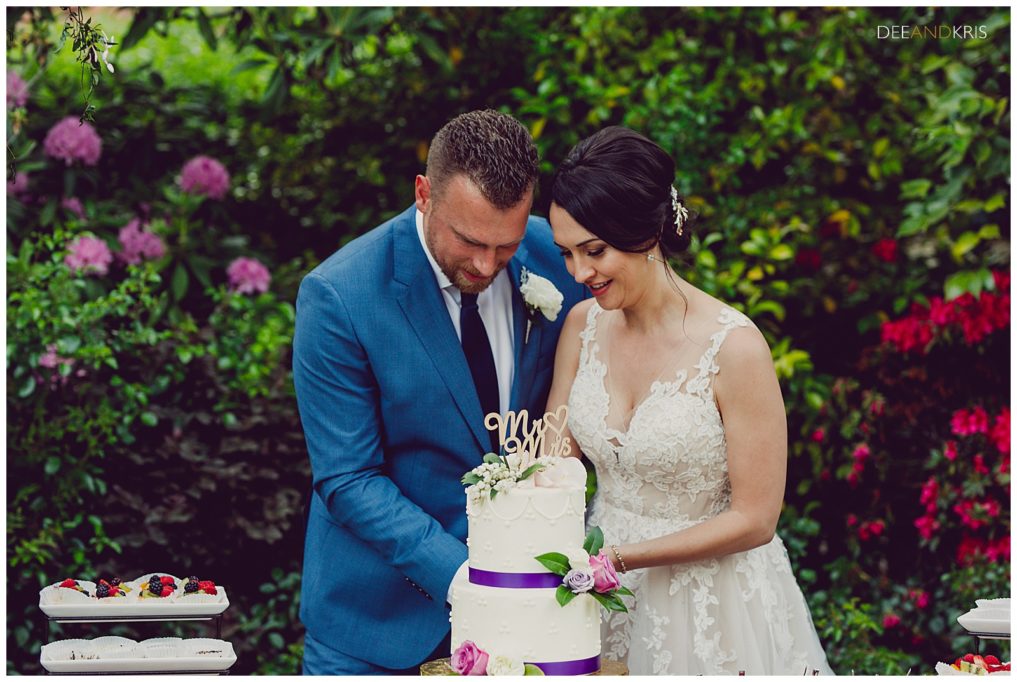
Engagement Ring
In Ancient Egypt, we first notice the precursor to the engagement ring of today. They used “engagement bands”, which symbolized a cycle of unity without an end. And the Sicilians were actually the first people to add a diamond on this, making the ring we know today.
But why does it go on that particular finger? Well, it’s placed on the left hand’s fourth finger because of an ancient Greek ritual. This finger was believed to hold a vein that was directly connected to the heart itself; otherwise referred to as ‘vena amoris’ – meaning “love’s vein”. Across many different cultures, the engagement ring has found its place on lovers’ fingers – and while its look and design vary, its unity symbolics still remains.
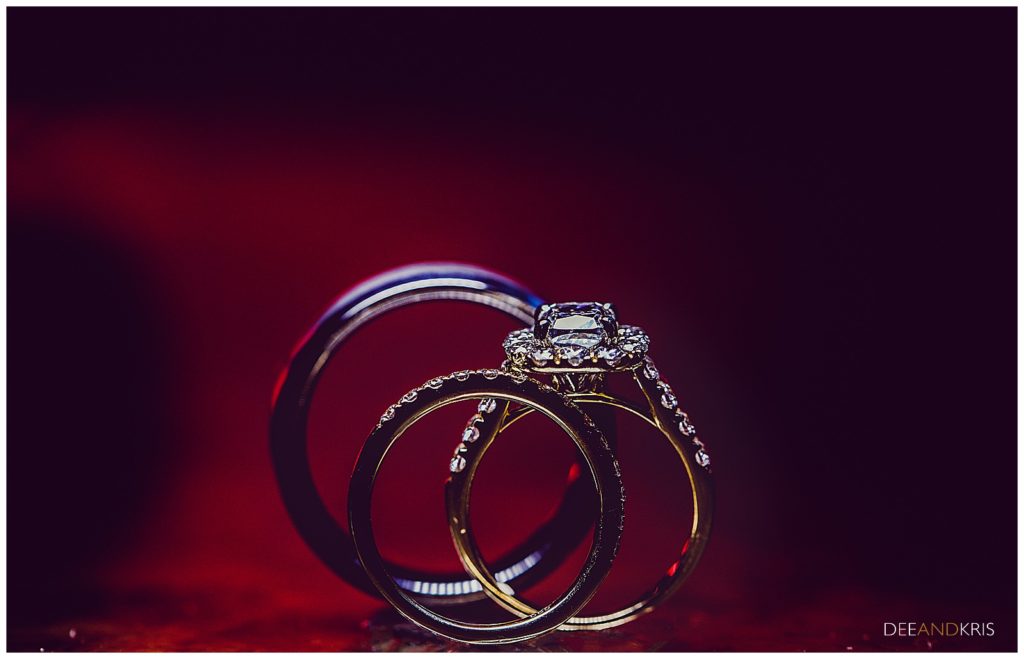
Wedding Bells
In Western culture, the ringing of church bells is pretty much an essential part of every wedding ceremony. This is actually a ritual that was started by the proud people of Ireland. In their tradition, the loud ringing of bells serves to keep evil spirits away from the newlyweds; ensuring them happiness in their pursuits.
Carrying Over The Threshold
Medieval Europe brought us another majorly important wedding tradition – the threshold carry. The custom of bringing one’s bride over the threshold and into their new home is rooted deep in European culture. According to an old tradition, the bride is said to be vulnerable to evil influences at her feet. Seeing as evil spirits were believed to linger at the entrance to someone’s home, the groom would protect his bride from evil spirits this way.
This article was courtesy of our friends at CouponChief

comments